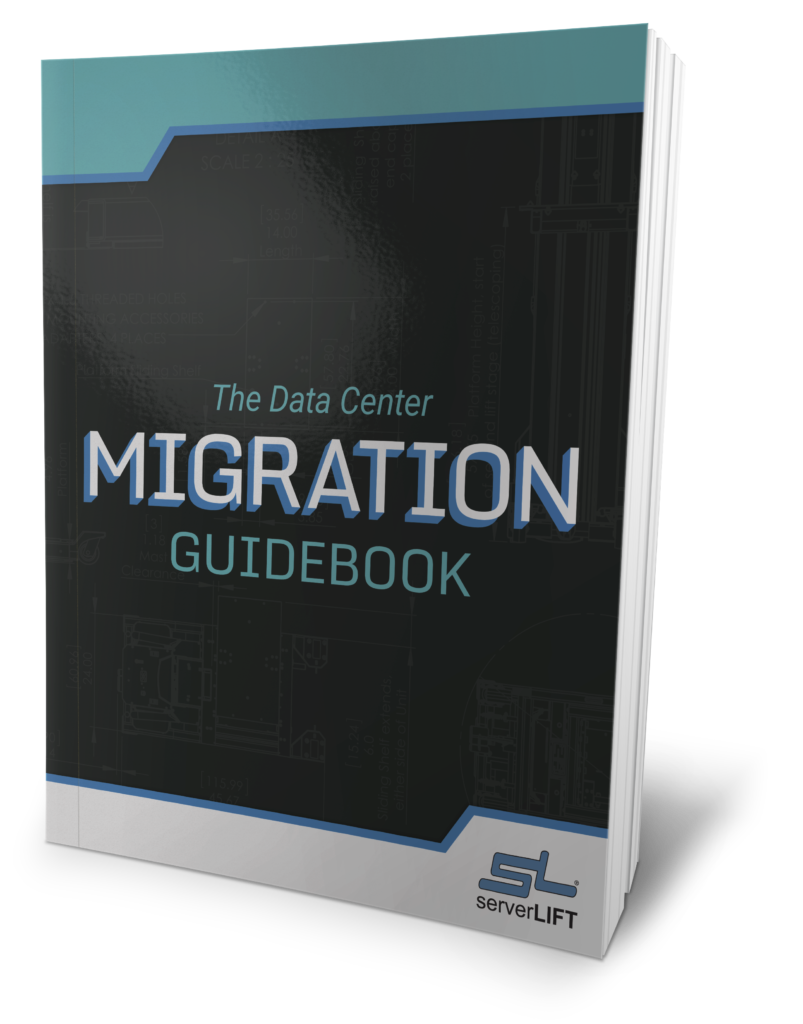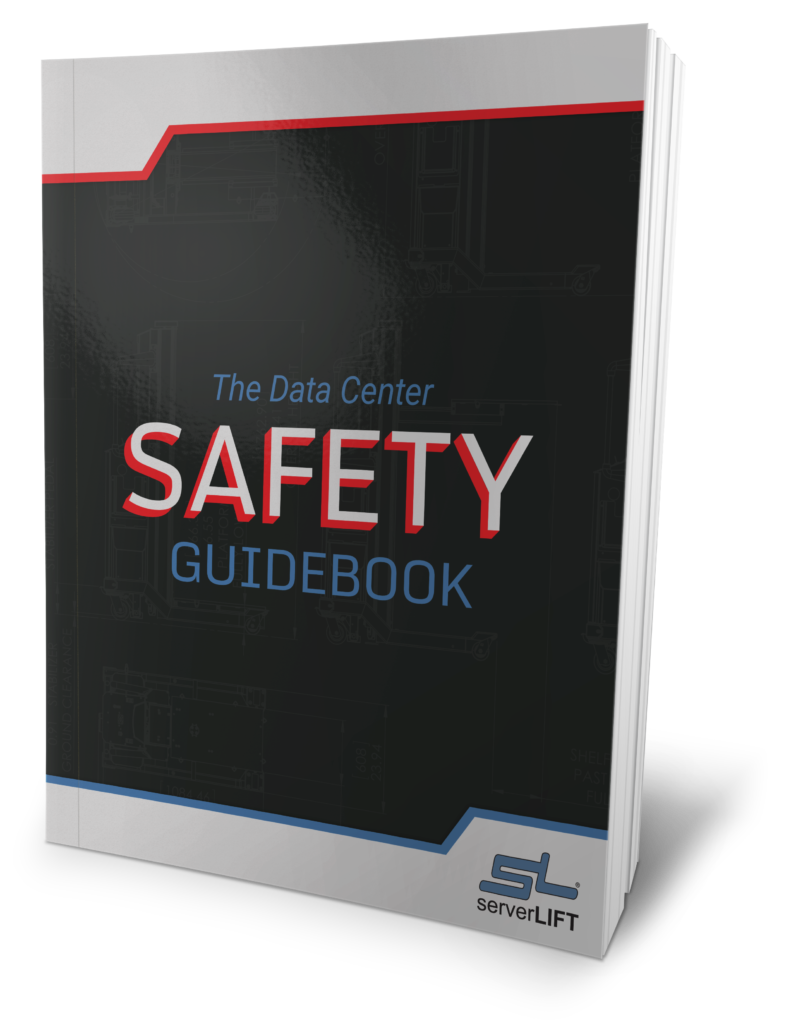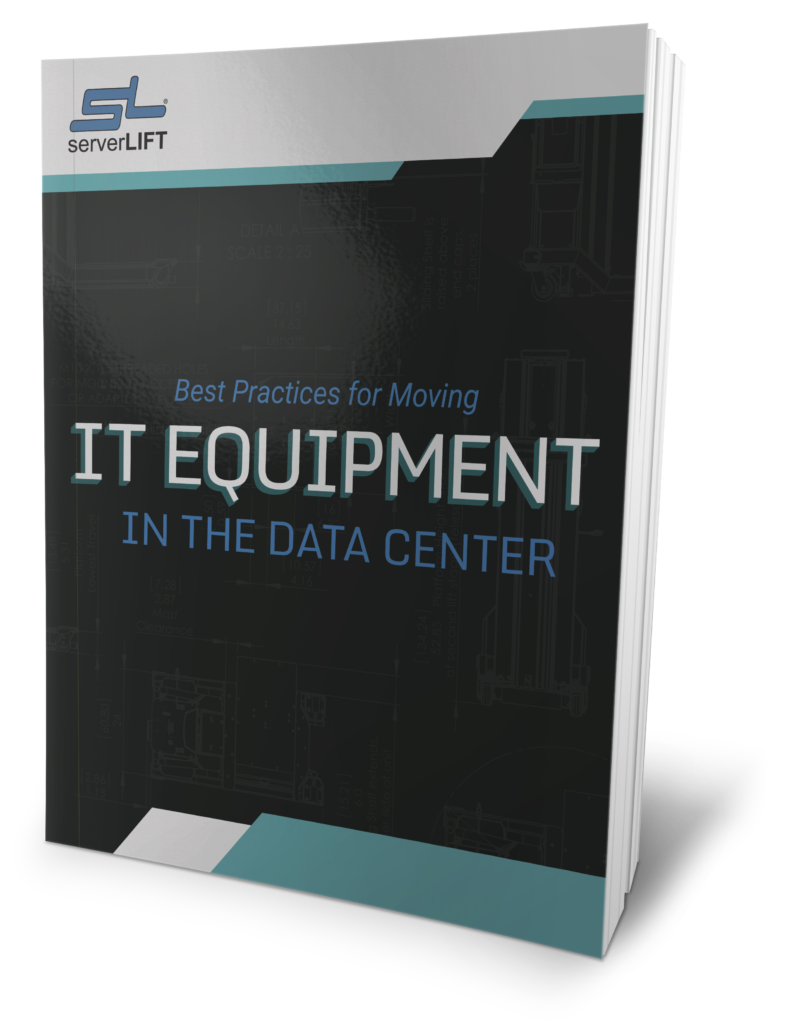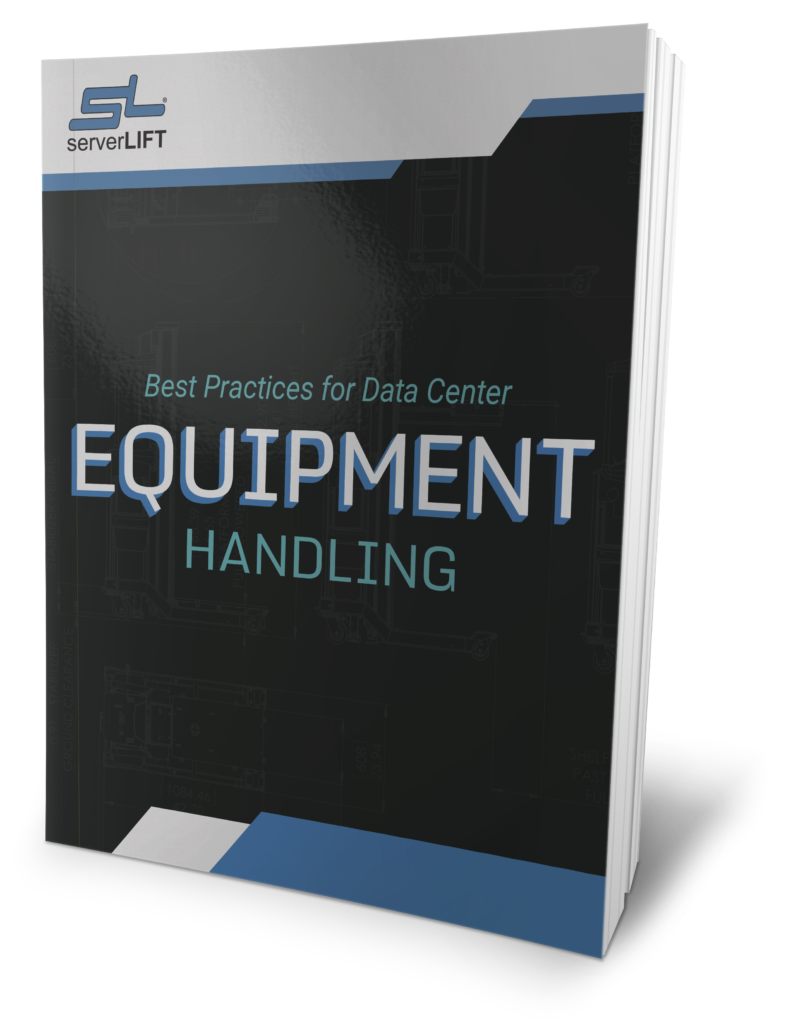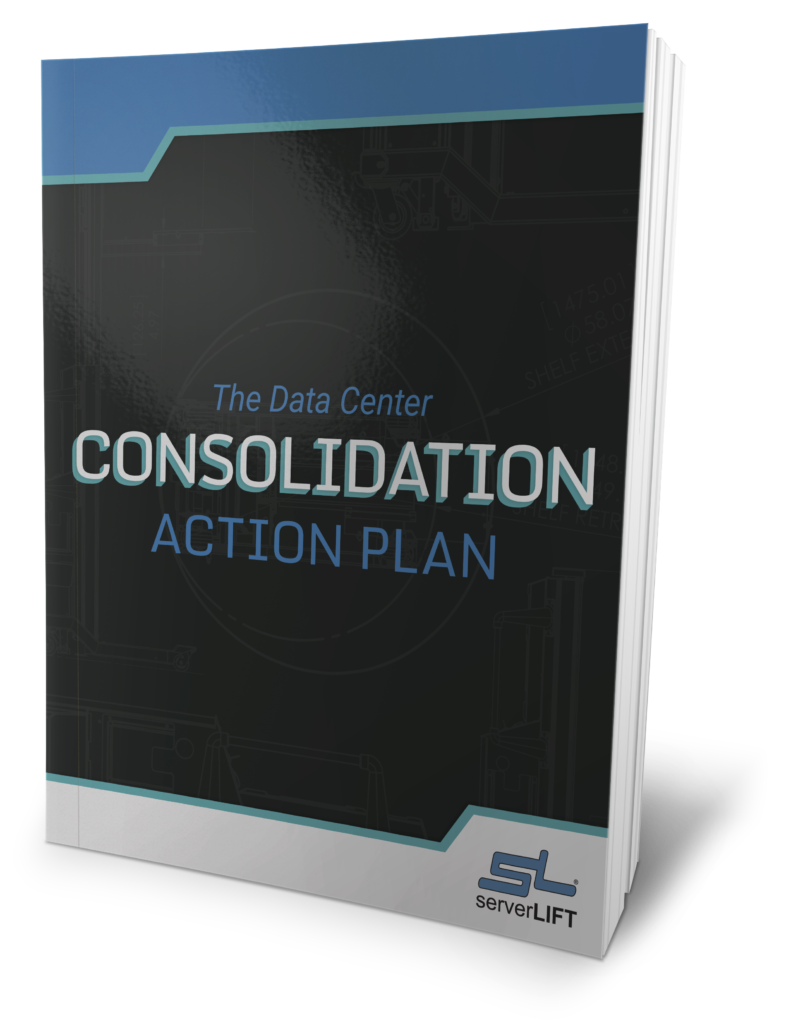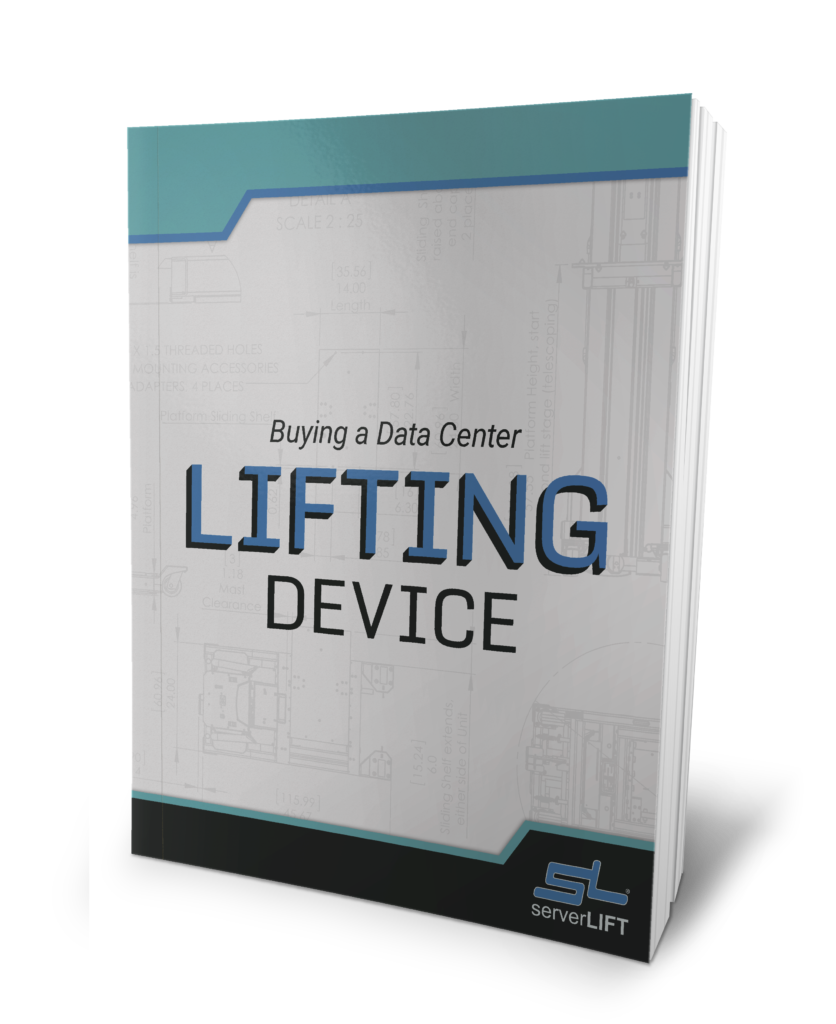Today’s data centers must supply a continually increasing amount of processing power, storage, and data transfer capabilities to their clients. However, fears about the environmental impact of this increase puts pressure on data center managers to shrink their carbon footprint and move toward renewable energy production.
Balancing these two conflicting objectives might seem impossible, but there is hope.
One promising solution to this dilemma is using microgrids—individual, autonomous power grids that can connect or disconnect from the larger city grid at will. Microgrids could produce sustainable energy on-site without straining central power systems.
With the effective use of microgrids, net-zero carbon data centers could eventually become a reality.
Some people see microgrids as a compromise data centers are compelled to make—rather than drawing power from central energy grids, they must sacrifice power for the environment’s sake. This is a common mistake to make.
Properly implemented, microgrids provide many benefits beyond reducing a data center’s environmental impact. Here’s how.
1. A resilient supply of power
Because microgrids are decentralized, they don’t rely on any connections to city grids, which makes them immune to power failures affecting their surrounding regions.
Within a single microgrid, redundancy and resilience should be paramount. N+2 resilience is the minimum standard, so that the microgrid remains operational even if one generator fails or must be taken offline for maintenance.
Successful microgrids should also contain backup batteries or even fuel cells capable of converting hydrogen or other gasses into electricity. Independent solar and wind farms are additional options, as well as any other means of converting biomass, gas, biofuel, or wasted energy from other sources into usable power.
The benefit of including fuel cells and power generators as part of a microgrid’s design is that it provides a built-in method for generating renewable electricity independent of centralized energy producers that serve multiple locations or even entire regions.
Data centers should ideally include multiple sources of renewable energy in their design plans. These sources may be used together or separately, with rechargeable storage batteries absorbing the excess energy. These batteries would function as a backup system if other parts of the system fail or become overloaded from too much demand.
The more layers of energy production and storage a microgrid contains, the more energy-resilient data centers will be.
2. Fine-tuned control
Data centers monitor and manage their own microgrids. However, managing internal power generation and maintenance provides an opportunity to create a central monitoring and management system for the entire operation. Customized alert thresholds, protocols for certain issues, and response to potential problems before they result in downtime can be established at the outset.
3. Increased efficiency
Microgrids are often more efficient than other forms of electricity generation. Because different types of power generation are layered together in a microgrid, the excess heat and wasted energy from one system can be used to fuel another.
For example, if a data center uses excess heat to fuel absorption chillers, it might be possible to use those chillers to cool the rest of the data center.
Monitoring energy usage across the entire grid allows quick identification of inefficiencies. If one system uses twice the power it should, it would be identified quickly. The system could then be redesigned for better efficiency.
4. Lower data center operation costs
Higher efficiency translates to reduced costs. Data centers that are able to fine-tune their energy usage could reap huge financial savings.
Greater resiliency and redundancy also reduces costs. Downtime could cost a large data center tens of thousands of dollars, if not more, which makes it very valuable to be able to disconnect from a failing central grid and prevent an outage with independently stored power.
These costs pale in comparison to the effects of downtime on the larger economy; when cloud data centers that control major airports or other critical infrastructure go down, the losses can total into the millions, even if the disruption is resolved rapidly.
The repercussions extend far beyond the outage itself. When clients lose income, they lose confidence in the data centers they use. High-value clients with critical workloads may switch to a different data center provider to avoid a recurrence of the problem.
Because potential losses resulting from unplanned downtime are almost incalculable, data centers with the ability to prevent those losses offer distinct advantages.
Putting catastrophic scenarios aside, data centers still realize savings with the strategic use of a microgrid.
Power storage is a critical part of microgrid design. That means any data center on a microgrid can generate and store power on demand. Combined with the ability to disconnect from the main city grid and switch to the independent microgrid at will, microgrids ensure a reduction in costs. A hybrid approach is optimal. Switch to the microgrid when energy stores are full, and resume operations on the central grid when energy stores become depleted to a minimum threshold.
5. Energy support to local communities
Microgrids offer the perfect opportunity for data centers to give back by sending wasted heat, efficient zero-carbon cooling, and excess stored electricity to the surrounding area. These services could also provide an additional income stream.
Other ways to monetize services include providing grid support and demand-side management.
Even without additional services, nearby residents will benefit from the greatly reduced load on the central city grid. When city power grid workers don’t have to support a large data center on their system, they have more time to support other customers and create grid improvements.






